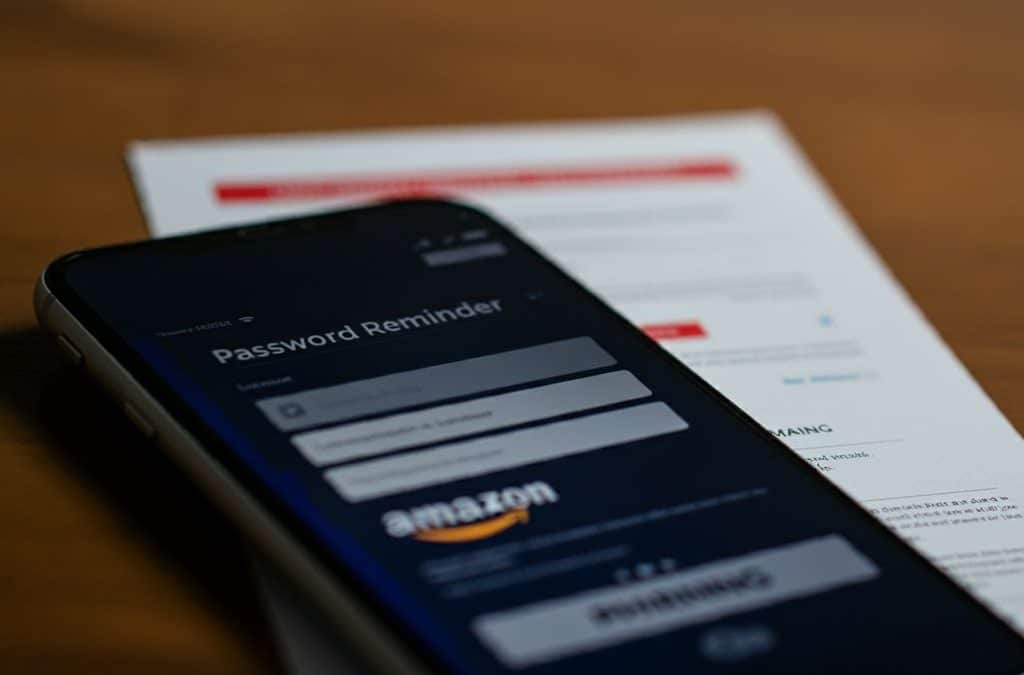
Ransomware Gangs Level Up: The Rise of Penetration Testing
December 1, 2024
Shielding Your Conversations: The Importance of Encrypted Messaging
December 3, 2024A disturbing trend has emerged in the cybersecurity landscape: self-phishing attacks. These attacks leverage social engineering techniques to manipulate individuals into compromising their own security. By understanding the tactics used by cybercriminals and implementing effective countermeasures, individuals and organizations can protect themselves from this insidious threat.
How Self-Phishing Works
Cybercriminals employ various tactics to trick victims into compromising their own security:
- Phishing Emails:
- Personalized Attacks: Cybercriminals use personal information to create highly targeted phishing emails that appear legitimate.
- Urgent Appeals: Creating a sense of urgency can pressure victims into making hasty decisions.
- Emotional Manipulation: Leveraging emotions like fear, curiosity, or greed to entice victims to click on malicious links or download attachments.
- Social Engineering:
- Building Trust: Cybercriminals may pose as trusted individuals or organizations to gain victims’ confidence.
- Manipulating Emotions: They exploit human psychology to elicit emotional responses that can cloud judgment.
- Creating a Sense of Urgency: Cybercriminals often use time-sensitive tactics to pressure victims into making quick decisions.
- Compromised Devices:
- Malware Infection: Malicious software can be installed on devices to steal sensitive information or control the device remotely.
- Weak Passwords: Weak or reused passwords can make devices vulnerable to attacks.
Protecting Yourself from Self-Phishing Attacks
To safeguard yourself from self-phishing attacks, consider the following best practices:
- Be Wary of Unexpected Communications:
- Verify Sender Identity: Always verify the sender’s identity before responding to emails or messages.
- Avoid Clicking Suspicious Links: Do not click on links or download attachments from unknown sources.
- Use Strong, Unique Passwords:
- Password Manager: Use a password manager to generate and store strong, unique passwords for each account.
- Regular Updates: Regularly update your passwords to enhance security.
- Enable Two-Factor Authentication (2FA):
- Additional Security Layer: Add an extra layer of protection to your accounts by enabling 2FA.
- Choose Strong 2FA Methods: Use strong authentication methods like security keys or authenticator apps.
- Be Mindful of Social Engineering Tactics:
- Think Critically: Question unexpected requests and avoid making impulsive decisions.
- Verify Information: Cross-check information from multiple sources before taking action.
- Keep Your Devices and Software Updated:
- Regular Updates: Install the latest security patches to protect against vulnerabilities.
- Reliable Antivirus Software: Use a reputable antivirus solution to detect and remove malware.
Krypto IT: Your Partner in Cybersecurity
At Krypto IT, we understand the evolving threat landscape and can help you protect yourself from self-phishing attacks and other cyber threats. Our cybersecurity experts offer a range of services, including:
- Security Awareness Training: Educate your employees about the latest threats and best practices.
- Phishing Simulation Testing: Test your employees’ awareness of phishing attacks.
- Incident Response Planning: Develop a plan to respond to and recover from cyberattacks.
Don’t let self-phishing ruin your digital life. Contact Krypto IT today for a free consultation and learn how we can help you stay safe online.
#cybersecurity #phishing #cyberthreats #securityawareness #newbusiness #consultation




